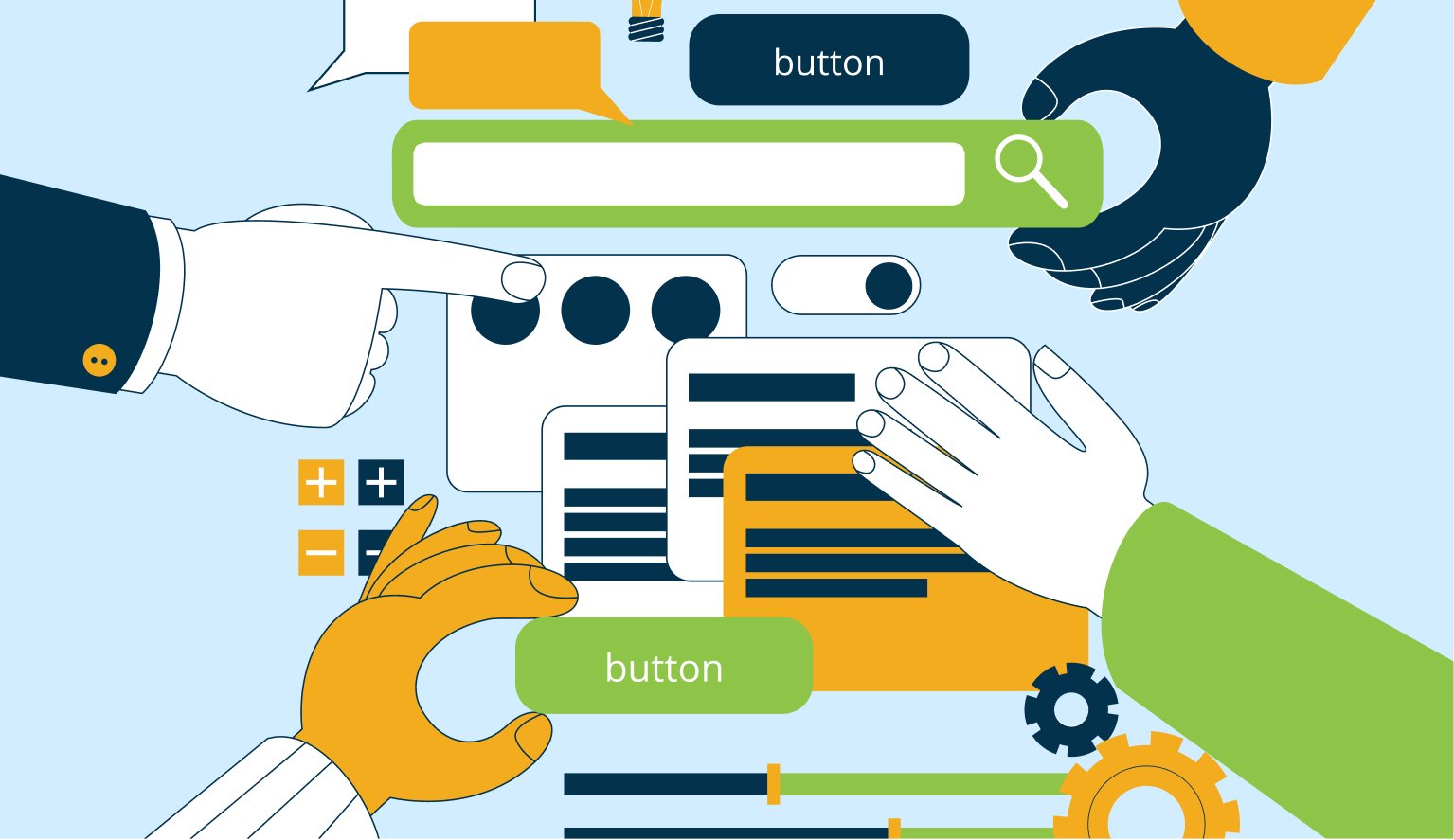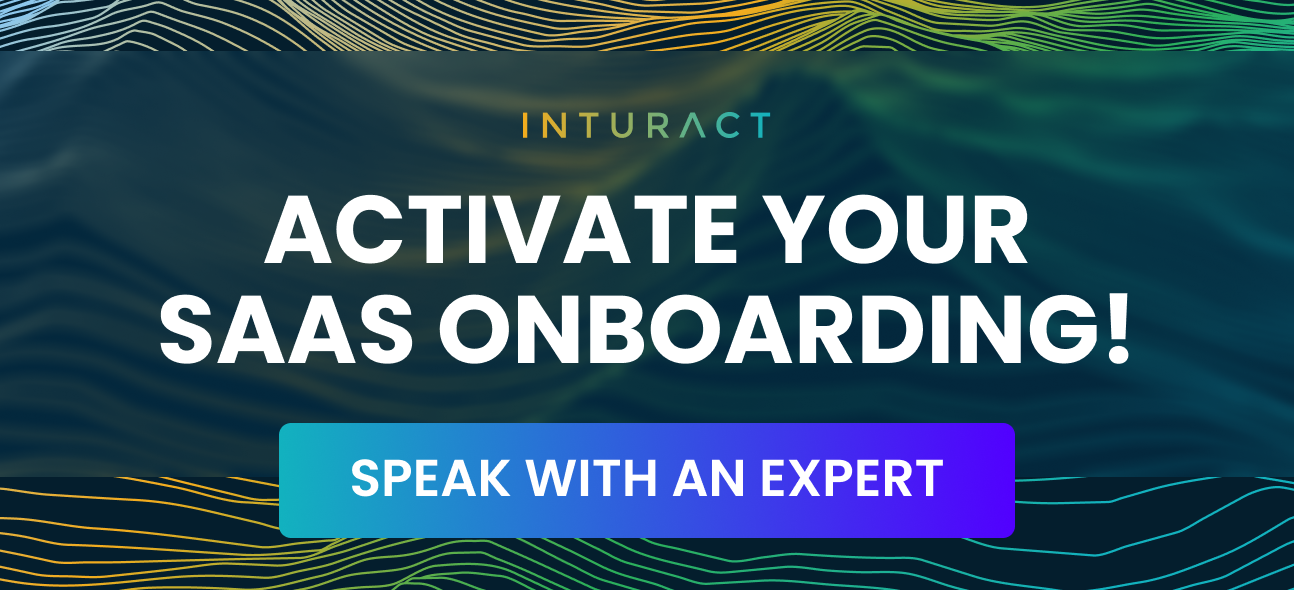5 User Activation Strategies to Engage Users Better

[ad_1]
In the competitive space of B2B SaaS, engaging and activating users isn’t just a nice-to-have; it’s the very lifeblood of success.
Each time a new user signs up for your service, they’re on the verge of an important journey. This journey could lead them from being a casual browser to becoming a devoted, enthusiastic ambassador for your product.
But the path isn’t always straightforward.
How do you turn that initial curiosity into committed usage, ensuring your users aren’t just on board but also fully engaged and getting maximum value from your product?
In this blog post, we’ll delve into 5 effective user activation strategies that will not just activate your users better but could dramatically transform the relationship between your product and its users. These strategies are born out of extensive experience and are designed to help SaaS product owners like yourself navigate the delicate process of user activation. They are practical, they are implementable, and most importantly, they could be your key to unlocking higher levels of user engagement.
5 User Activation Strategies and Techniques to Improve User Engagement
Guided Product Tours
A Guided product tour, as the name suggests, guides a new user through the various features and functionalities of your application. These tours are akin to a walk-through of a new house – they help users get a feel for the ‘layout’ of the software, encouraging them to explore different ‘rooms’ (features) and understand how to make use of them.
Guided product tours address one of the most significant barriers to user activation: the fear of the unknown.
By walking users through the main features, you’re eliminating the intimidation factor that often accompanies complex B2B SaaS products, making users more likely to engage with your product on a deeper level.
For example, consider the Guided product tours approach of the collaboration tool Slack.
When a user first signs up, they are not simply thrown into a new, unfamiliar environment and expected to figure things out. Instead, they are greeted with a step-by-step, interactive guide. It takes them through creating a workspace, starting a channel, sending a message, adding team members, and more. This process serves multiple purposes: it eases the user’s apprehension, demonstrates the value of the product in a real-world context, and helps them experience the promise of the product for the first time, sooner.
These guided tours can be personalized based on user roles. If you have a B2B SaaS product with different functionalities for different roles (e.g., an administrator vs a regular employee), your product tour can be adjusted accordingly. This ensures that each user is familiarized with the parts of the software most relevant to them.
Guided product tours also provide an opportunity to highlight the unique selling points of your product. By integrating these USPs into the tour, you not only educate the user about how to use the product but also continuously reinforce why they should use it. This constant value proposition can go a long way in driving user engagement and loyalty.
Progressive Onboarding
Progressive onboarding, sometimes known as gradual onboarding, operates on a simple premise: not overwhelming the user with too much information at once.
While it’s natural to want to showcase all the incredible features your SaaS product offers right from the start, this can lead to information overload.
The result?
A confused user, who is more likely to abandon your product than engage with it.
Instead, Progressive onboarding gradually introduces features as and when users need them. Take Asana, a popular project management tool, as an example. When a user first signs up for Asana, they don’t see an overwhelming array of options. Instead, they’re introduced to the fundamental features of creating projects and tasks.
As the user becomes more comfortable and their usage increases, Asana starts introducing more advanced functionalities like timeline views, custom fields, and integrations with other tools. This gradual unveiling keeps users curious and engaged, while also ensuring they can take full advantage of the tool’s capabilities when they are ready for them.
Progressive onboarding also allows for a level of personalization, as it can be adapted based on the user’s behavior. If a user quickly masters the basic functions, they can be introduced to more advanced features sooner. Conversely, if a user seems to be struggling, additional support can be offered for the existing features before new ones are introduced.
Progressive onboarding can help identify feature adoption bottlenecks. If a large number of users are dropping off when a particular feature is introduced, it could indicate that the feature is too complex or not clearly explained. This information can be invaluable for improving your product and user experience.
User Personalization
User Personalization is a potent engagement strategy that revolves around making each user’s interaction with your product feel bespoke. It’s about giving users control over their experience.
A personalized user experience is no longer a luxury but a necessity in today’s highly competitive SaaS landscape.
Take HubSpot as an example.
In their marketing, sales, and service platforms, users are given the freedom to customize their dashboard view. This means they can add, remove, and rearrange widgets based on what’s most relevant to them. For some, it might be essential to see sales numbers up front, while others might prioritize customer service metrics. By allowing this level of personalization, HubSpot ensures that every user feels seen and catered for, which drives higher engagement.
Another example is Asana. It personalizes your onboarding by asking about your objective upfront.
But User personalization doesn’t stop at customizable dashboards. It could mean tailored content, personalized user journeys, or customized product recommendations.
In a learning platform, it could translate into recommended courses based on a user’s completed modules or stated interests. In a customer service platform, it could be offering relevant solutions based on past support tickets.
Another way of personalization could be through individualized communication. For instance, emails or in-app messages could address users by their names or reference their past activities. This type of personalized outreach can make users feel valued and build a stronger connection with your product.
User personalization can significantly enhance the perceived value of your product. A user who finds that a product ‘understands’ and caters to their unique needs is likely to see high value in that product and remain engaged.
In-App Messaging and Support
In-App Messaging and Support is all about establishing an open line of communication with your users, right where they are most active – inside your app. It’s about being proactive in guiding them through your product, solving their issues promptly, and keeping them updated about relevant features or changes.
This strategy is tremendously valuable for several reasons.
It allows for real-time, contextual communication. Rather than relying on users to seek out help externally via email or a separate support site, you’re able to assist them immediately within the app environment. This not only enhances the user experience but also significantly reduces frustration and drop-off rates.
One company that does this exceptionally well is Intercom. As a B2B messaging platform, Intercom utilizes its own service to interact with users in a timely and relevant manner. For example, it may send targeted messages offering tips and tricks about features that a user has not yet tried, thereby nudging them towards fuller utilization of the platform.
In-app support can also take the form of chatbots that provide immediate assistance for common issues or questions. This offers users a convenient way to find solutions without leaving the app or waiting for human assistance. Even when a chatbot can’t resolve an issue, it can collect information to expedite the resolution when the issue is escalated to a human support agent.
Remember that In-app messaging isn’t just for support – it can also be an effective medium for onboarding, training, and re-engagement. You can use in-app messages to guide new users through the initial learning phase, to educate existing users about advanced features, or to bring inactive users back into the fold.
Reward and Recognition
Rewards can act as a powerful motivator. Offering rewards for completing certain tasks or reaching milestones can improve engagement. For example, Salesforce, a customer relationship management tool, gamifies learning through its “Trailhead” platform. Users earn badges and points as they learn more about the software, making the process of understanding a complex product fun and rewarding.
Each of these strategies offers a unique approach to user activation and engagement, tailored to your users’ needs. By implementing them, you can build a relationship with your users that goes beyond mere functionality, turning your product into an essential part of their workday.
What’s Next?
Nailing user activation is not a solitary endeavor and Inturact is here to accompany you on this journey. We hold expertise in user onboarding for B2B SaaS companies, devising personalized strategies that transcend mere sign-ups.
Our primary objective? To facilitate your users in finding out the true value of your product, transforming them into engaged, long-term customers.
Over the years, we’ve successfully aided B2B SaaS businesses in their transition from basic user acquisition to effective user activation.
So why leave it up to fate? You’ve already undertaken the hard part of ushering users through your door. Now, allow us to ensure they become a permanent part of your user base.
Reach out to Inturact today. Let’s collaboratively evolve your users into advocates.

[ad_2]
Source link
